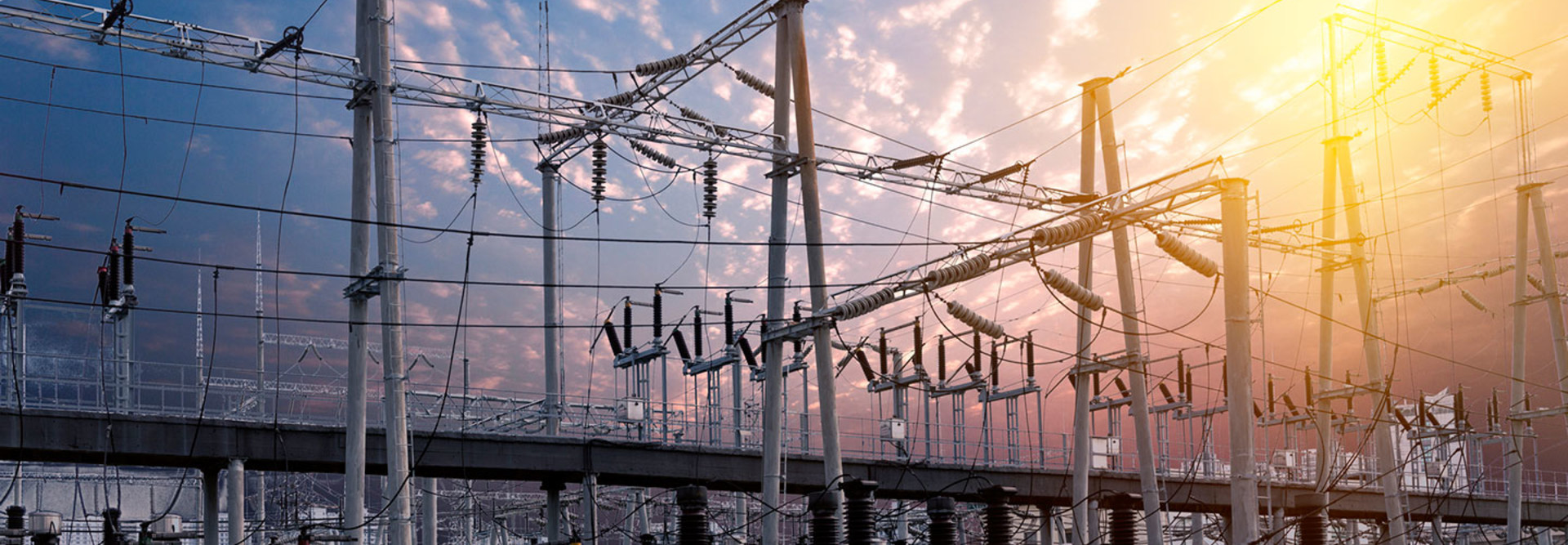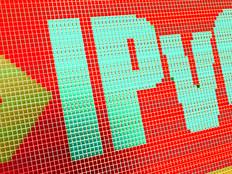Energy Department Pushes for Research into Tech to Modernize Electric Grids
The energy grid of the future is coming to states across the country. With the aim to make energy grids more resilient and efficient, the Energy Department recently announced a $50 million award to the DOE’s National Laboratories to begin research and development of tools that can enable the next-generation of grid infrastructure.
With cyberthreats and severe weather taking center stage in recent months, the DOEs award will go toward furthering efforts for a more “resilient, secure, sustainable, and reliable electricity system,” according to a press release. Alongside the energy grid, R&D will also look to tools that can modernize the oil and natural gas infrastructure.
“A resilient, reliable, and secure power grid is essential to the Nation’s security, economy, and the vital services that Americans depend on every day,” said Secretary of Energy Rick Perry in the press release, highlighting that with recovery efforts underway in the aftermath of Hurricanes Harvey and Irma, the need to “continue strengthening and improving our electricity delivery system to withstand and recover from disruptions has become even more compelling.”
Utilities across the country are modernizing their electric grids. Already 181 grid modernization projects are underway in 36 states and Washington, D.C., according to a recent report by the North Carolina Clean Energy Technology Center.
What It Means to Modernize the Grid
So what is grid modernization exactly? The term loosely describes a series of technologies that can help to boost everything from energy storage to delivery. And with new tech, like the Internet of Things (IoT), becoming more widely adopted every day, these can be used to boost efficiency across the grid.
“Maintaining the current level of reliability requires investments of billions of dollars each year by utilities and grid operators, and regular attention by trained line workers and electrical engineers,” explains Peter O’Connor, a Kendall Science Fellow researching the integration of solar power and electric vehicles into the electricity system, in a recent blog post. “The grid is over a century old in much of the country, and has been built up in a patchwork fashion over this time.”
With about 10 percent of the country’s electricity generated through wind and solar power, a modernized grid could help to bring in more renewable energy sources, possibly bumping the renewable contribution to 60 percent by 2030, according to a November 2016 report by the Union of Concerned Scientists.
“A modern grid will allow higher levels of renewable energy by improving weather prediction, limiting the effects of local variations, and providing storage and load flexibility (electricity demand that has some leeway to adjust up or down) so that backup power plants won’t need to be kept running,” he says.
O’Connor explains that grid modernization can mean different things to different states, depending on their needs. So while Hawaii may focus on transitioning to solar power, a state in the Midwest might instead focus on connecting more wind turbines to transmission lines to help power metropolitan areas.
A central theme in modernization, however, is communication.
“By sending real-time information about conditions such as power flow or the supply of renewable energy, and designing systems to respond automatically, we can reduce grid costs and maximize the use of clean power,” O’Connor explains.
The Technologies Making Grid Modernization Possible
IoT connected devices and real-time communication play a huge role in making modernized grids a reality.
O’Connor explains that smart systems featuring controllable loads can help to shift supply in times of peak demand, while smart meters can allow those controllable loads to “better align electricity demand with supply.”
Further, smart inverters on solar panels allow them to adjust the power supply to the correct voltage, and smart thermostats can “learn the patterns of a household” to adjust temperatures appropriately, reducing energy use and costs.
“Together, these technologies enable a more efficient use of our electricity resources to help reduce consumer costs as well as reduce emissions,” he writes.









